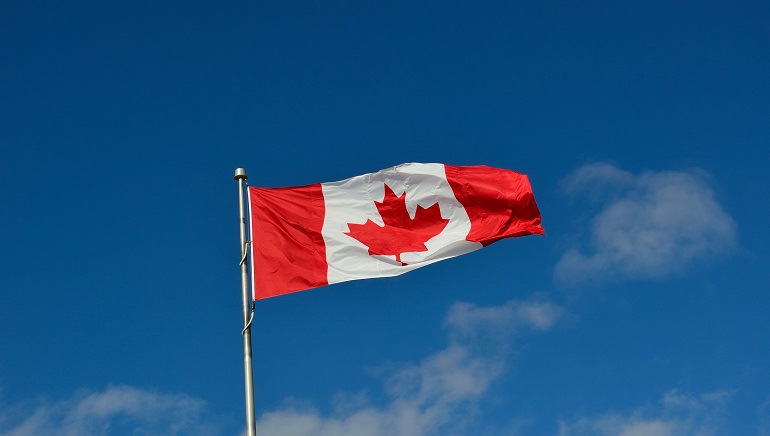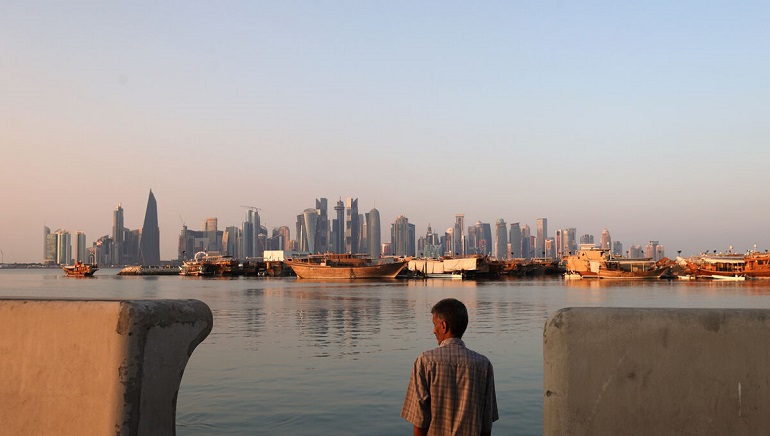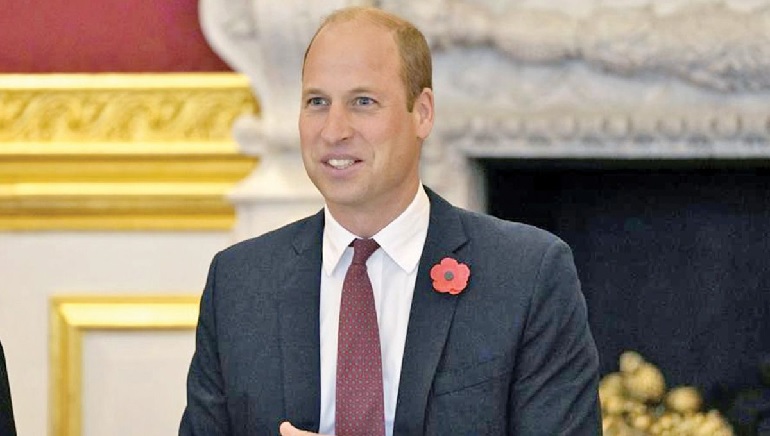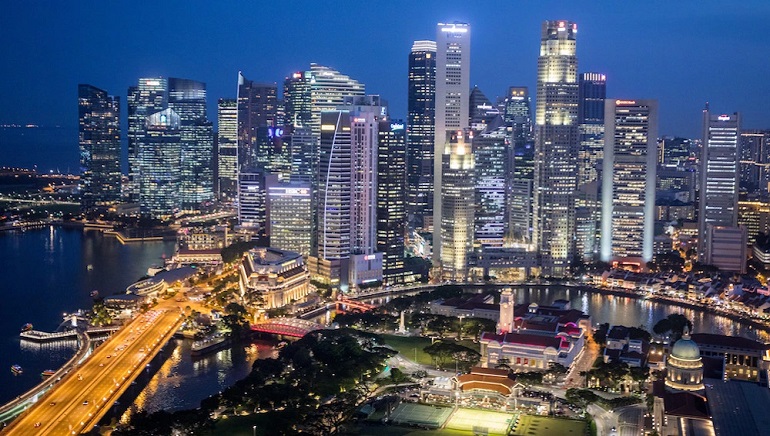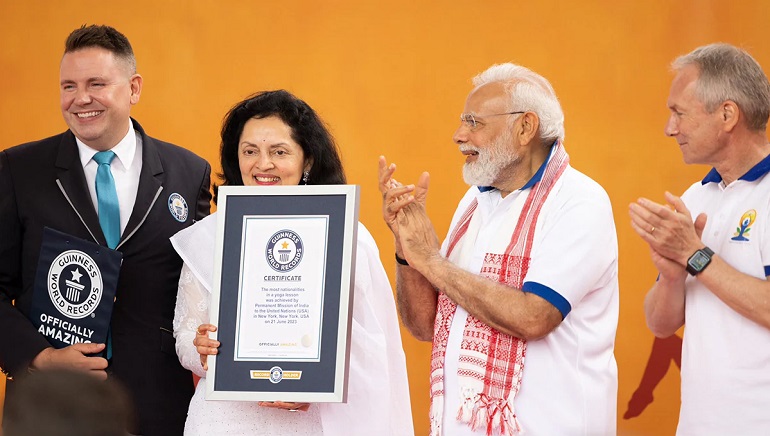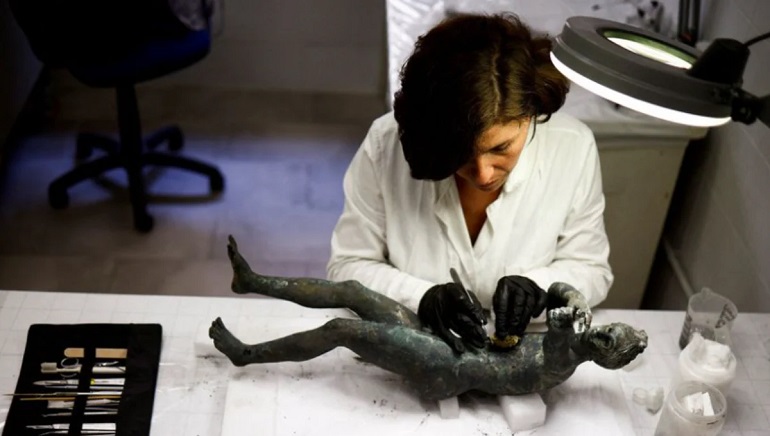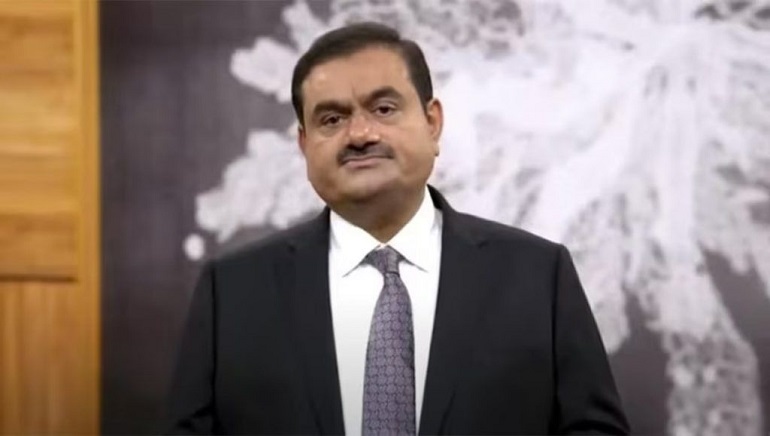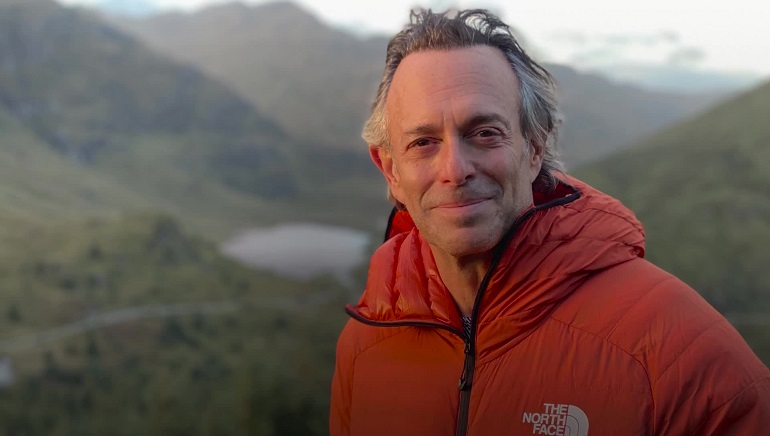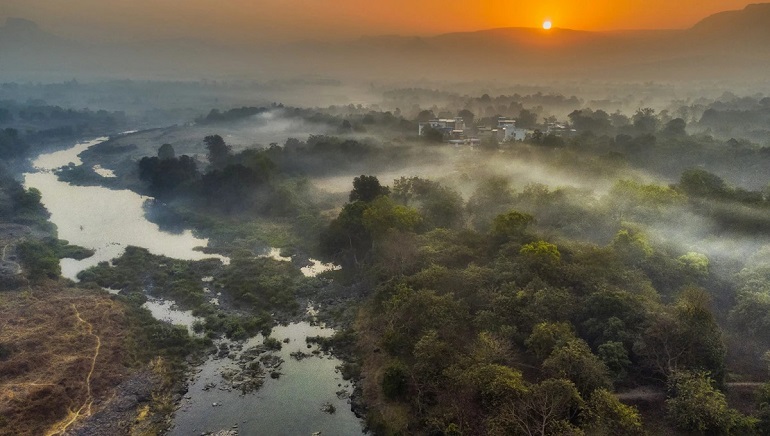Sean Fraser, Minister of Immigration, Refugees and Citizenship, Canada, on June 27 announced that the government will establish an open work-permit stream for 10,000 American H-1B visa holders, to attract skilled workers from the United States and provide them with employment opportunities in Canada. In addition, the program will allow for study or work permits for family members of H-1B visa holders.
The official release said that thousands of workers in high-tech fields are employed with companies that have large operations in both Canada and the US, and those working in the US often hold an H-1B specialty occupation visa. As of July 16, 2023, H-1B specialty occupation visa holders in the US, and their accompanying immediate family members, will be eligible to apply to Canada.
The approved applicants under this new decision will receive an open work permit valid for up to three years. This permit will enable them to work throughout Canada. They will be able to work for almost any employer anywhere in the country. Their spouses and dependants will also be eligible to apply for a temporary resident visa, with a work or study permit, as needed.
The exact qualifications and admission numbers for this stream were not explicitly outlined.
The H-1B visa program in the US grants temporary work permits to foreign nationals in specialised occupations, particularly in the technology and skilled sector. As tech companies experienced a surge in hiring during the pandemic but subsequently faced layoffs, many H-1B visa holders found themselves in need of new job opportunities.





